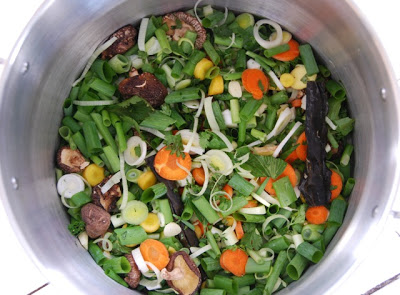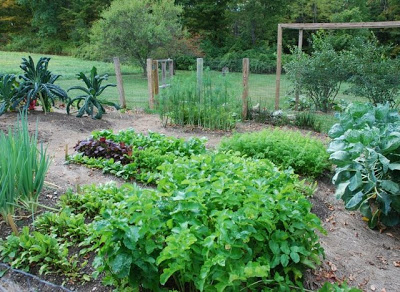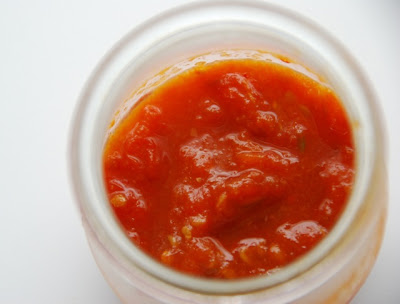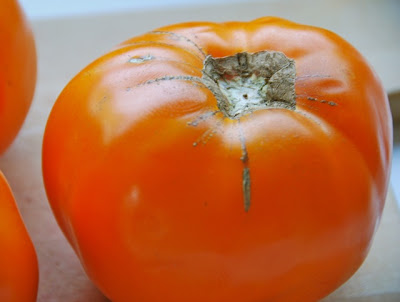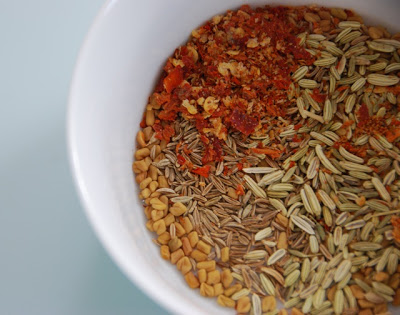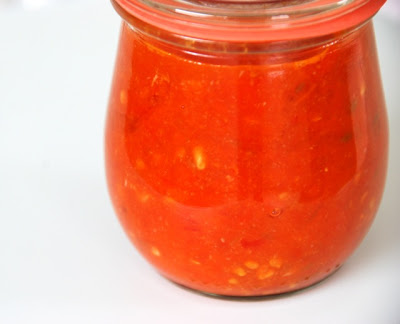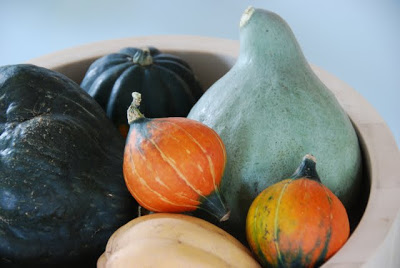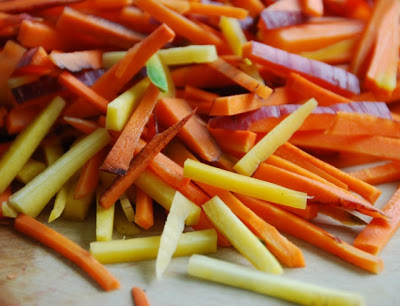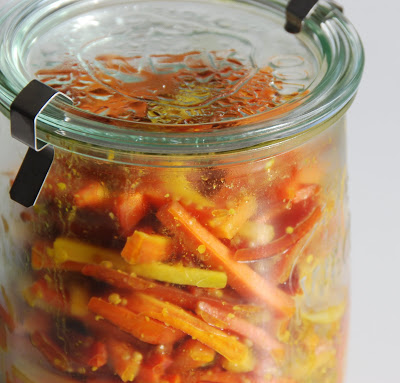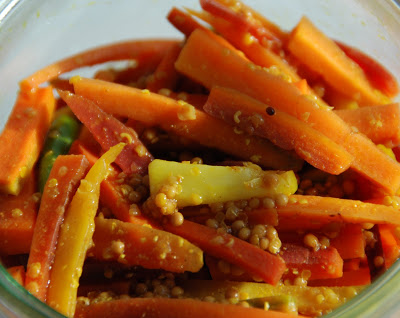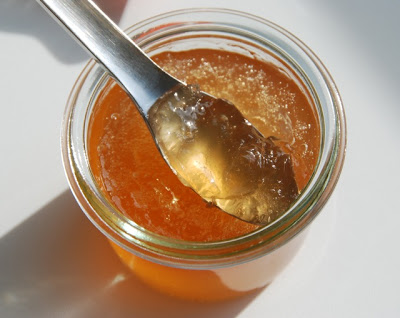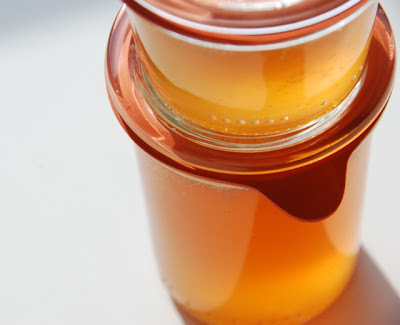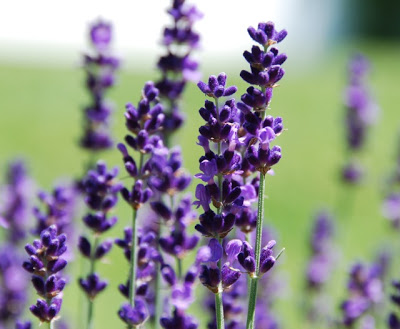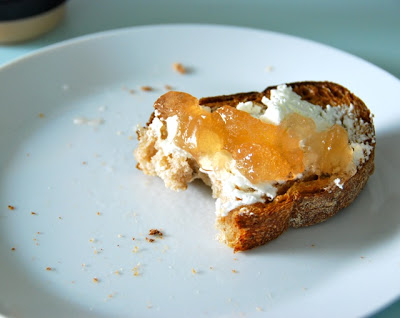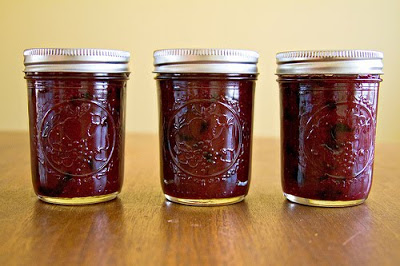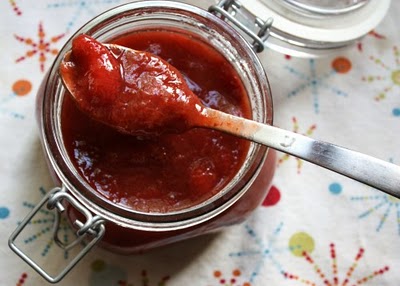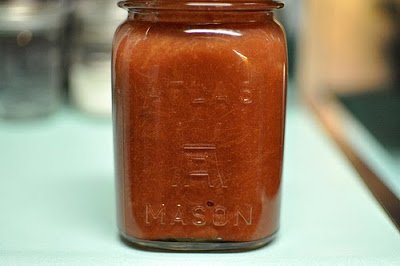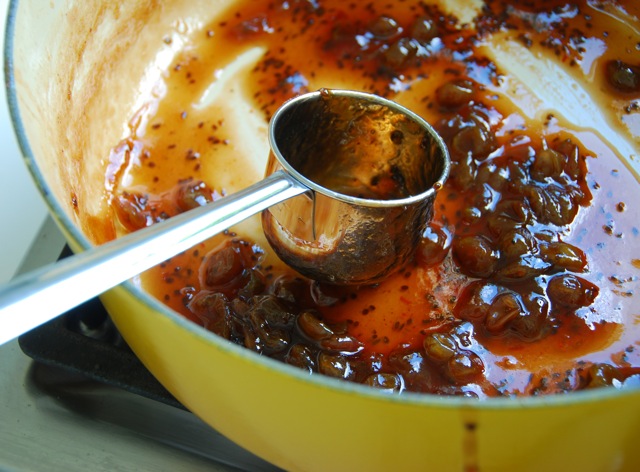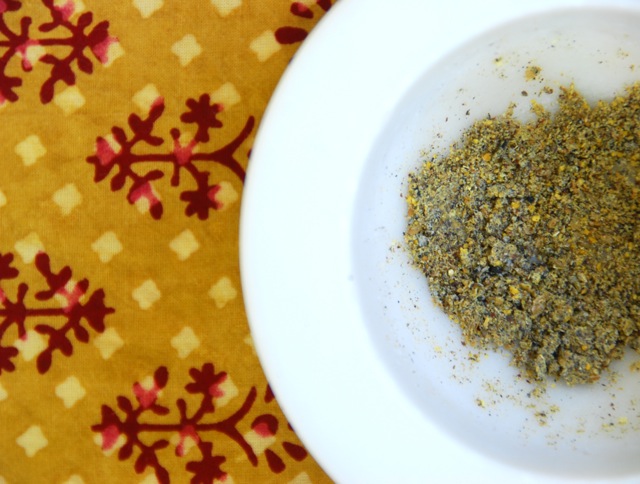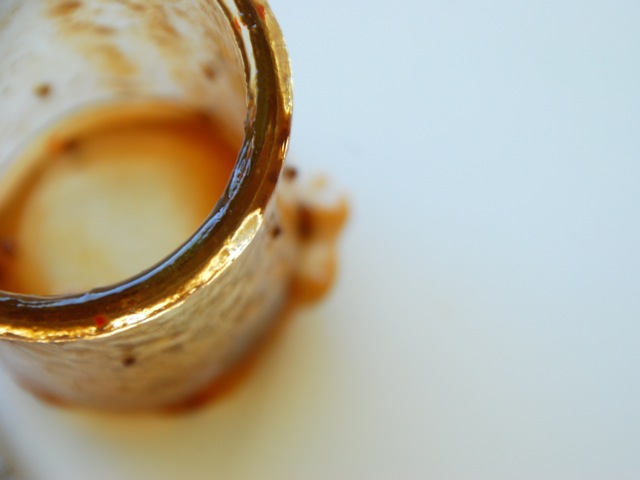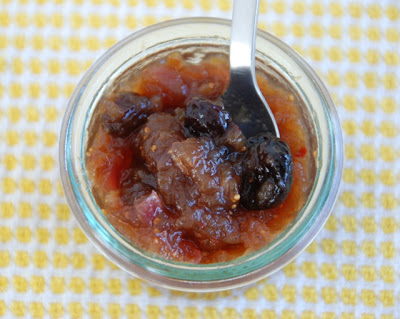 I remember a more innocent time when I said I didn’t like garlic with fruit. And then another time when I confessed I wasn’t a chutney fan.
I remember a more innocent time when I said I didn’t like garlic with fruit. And then another time when I confessed I wasn’t a chutney fan.
That was then. I think it was onionz limone that finally put me over the edge…those illicit little jars of toothsome lemony-spiced-pucker-in-your-mouth-deliciousness didn’t last long around here. So, this time I decided to unabashedly dive right in.
I’m talking fatto garlic cloves, a rotund and juicy onion, gobs of ginger, a lotta dried hot pepper and some big chewy bits of fruit. This is chutney on steroids, jersey shore chutney if you will. This chutney is damn proud to be a chutney and he’ll tell ya about it in every single bite.
If this chutney had hair, you wouldn’t dare run your hands through it. This chutney would hog the bathroom mirror. This chutney is a situation.
Chewy Spicy Chutney
3/4 lb. light brown sugar
2 & 1/4 cups apple cider vinegar
1 large red onion, diced (or yellow, or 2 large shallots)
4 plump garlic cloves, chopped
2 tablespoons grated ginger
2 dried extra hot chiles (or to taste) – crushed
2 teaspoons salt
1/2 pint or smaller mason jars
yield: approximately 3 & 1/2 pints
Directions:
1. Prepare jars for hot water bath processing. No need to sterilize as filled jars will be processed for 10 minutes.
2. Leave dried berries and raisins whole, cut larger fruit into 1/2 inch pieces. Peel and core apples, chop into hefty 1 inch pieces.
3. Add everything to a non-reactive pan, stir to combine. Heat on low until sugar is fully dissolved.
4. Turn up the heat and bring to a boil. Once boiling, lower heat to simmer. Simmer until desired thickness. Mine took approximately 30 minutes.
5. Fill hot jars and hot water bath process for 10 minutes. You will need to run a plastic chopstick or knife around the inside rim of jar to release air bubbles before putting on lid.
This will thicken fairly quickly as far as chutneys go because of the bulky dried fruit. The apples will break down to form the base, but if you’ve cut the apples in large inch-sized pieces there should be some not-quite cooked down apple bits remaining. This will add to the chutney’s overall chunkiness.
This chutney will taste best if you let it hang out on the shelf for 3-6 weeks before opening.
I am a full-fledged chutney fan now – I really love this chutney! (I can’t wait to taste it after the 3 week mark!) and I am excited about the endless possibilities of dried & fresh fruit combos. While I went for texture and heat here, and did not add spices, I can see taking this basic recipe in many directions by adding spices the likes of mustard and fennel seeds, coriander, anise, etc. and of course all manner of spice powders.
Learning: while this is not a new concept around these parts, again and again I am reminded how DIY just renders everything better! Me thinks I was not previously enamored by bottled chutneys because even the best store-bought cannot compare to doing it yourself!
